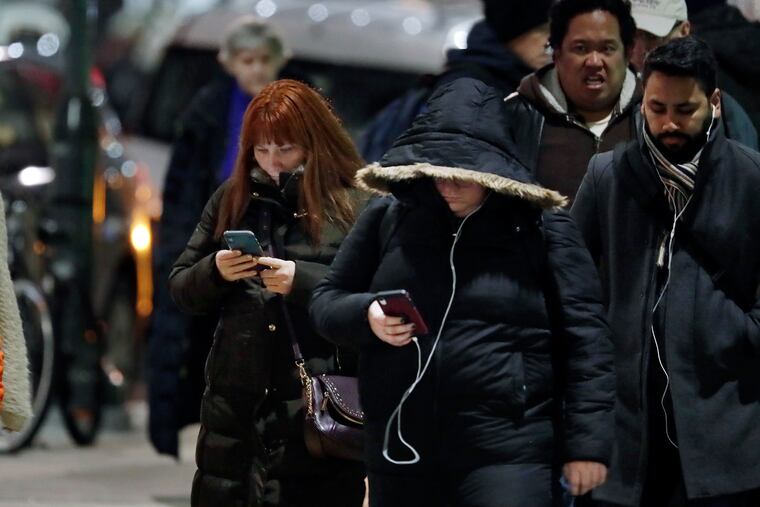Cell phones lead to thousands of head and neck injuries each year, Rutgers study finds
Head and neck injuries rose sharply with the advent of smartphones, researchers found.

Head and neck injuries rose sharply with the advent of smartphones, researchers found.
